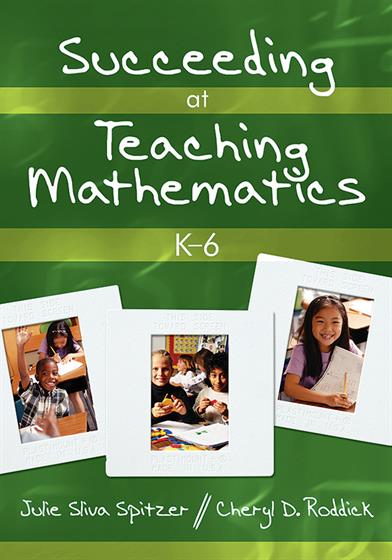Acknowledgments
About the Authors
Introduction
1. A Glimpse at Mathematics Instruction
Two Illustrations
Success in Teaching Mathematics
Summary
2. Standards-Based Teaching
Why Do We Need Standards for Teaching Mathematics?
The National Council of Teachers of Mathematics Principles and Standards
State and District Standards for Teaching Mathematics
The Relationship Between Standards and Standards-Based Mathematics Textbooks
NCTM Curriculum Focal Points
Examples of Standards-Based Activities Involving Algebraic Thinking
Summary
3. Engaging Students in Learning Mathematics
What Is Engagement?
Engaging Learners in the Affective Domain
Affective Issues Related to Teaching and Learning Mathematics
Students Engaged in Learning Probability
Summary
4. Engagement Strategies for Special Populations
The Special Needs Learner
The Gifted Learner
The English Language Learner
Example of Engaging Learners in a Mathematics Classroom
Summary
5. Assessment
Developing Assessments: The Use of Backward Design
Types of Assessment
Rubrics
Grading and Assessment Schemes
Practical Ways of Assessing Throughout the Instructional Process
Tailoring Assessments for Special Populations
Data-Driven Instructional Practices
A Word About Standardized Tests
Summary
6. Putting It All Together
The Year at a Glance: Designing Your Curriculum
Making Connections Within Mathematics
Making Connections Across the Curriculum
Mathematical Connections Across Grades
Succeeding at Teaching Mathematics?and Loving It!
Appendix A
Appendix B
Appendix C
References
Index
- Create a Positive Classroom Culture
- Algebraic Thinking Example Grades 1 and 2: Bigger and Bigger Blocks
- Increase Opportunities for Communication and Participation
- Differentiate Instructional Strategies
- The Five Process Standards
- Create a Positive Classroom Culture
- Increase Opportunities for Communication and Participation
- Differentiate Instructional Strategies
- The Five Content Standards
- Create a Positive Classroom Culture
- Increase Opportunities for Communication and Participation
- Differentiate Instructional Strategies
- Content and Process Standards
- Tesselations and Geometry
- Algebraic Thinking Example Grades 3 - 5: Time for a Party
- Algebraic Thinking Example Kindergarten: Day and Night
- Stages of Backward Design
- Stage 1: Identify Desired Results
- Stage 2: Determine Acceptable Evidence
- Stage 3: Plan Learning Experiences
- Grade Two Vignette: Subtraction with Regrouping
- Observation and Questioning
- Grade Four Vignette: Developing the Concept of Fractions
- Using WWW Pages for Teaching Mathematics
- A Description of Glasser’s Five Basic Needs
- A Fresh Look at the Math Games
- Getting to Know your Students
- Engaging Learners in the Affective Domain
- Engaging Learners in the Behavioral Domain
- Engaging Learners in the Cognitive Domain
- Mathematics in Language Arts
- Mathematics within Science
- Utilize Multiple Representations
- Mathematics within the Social Sciences




